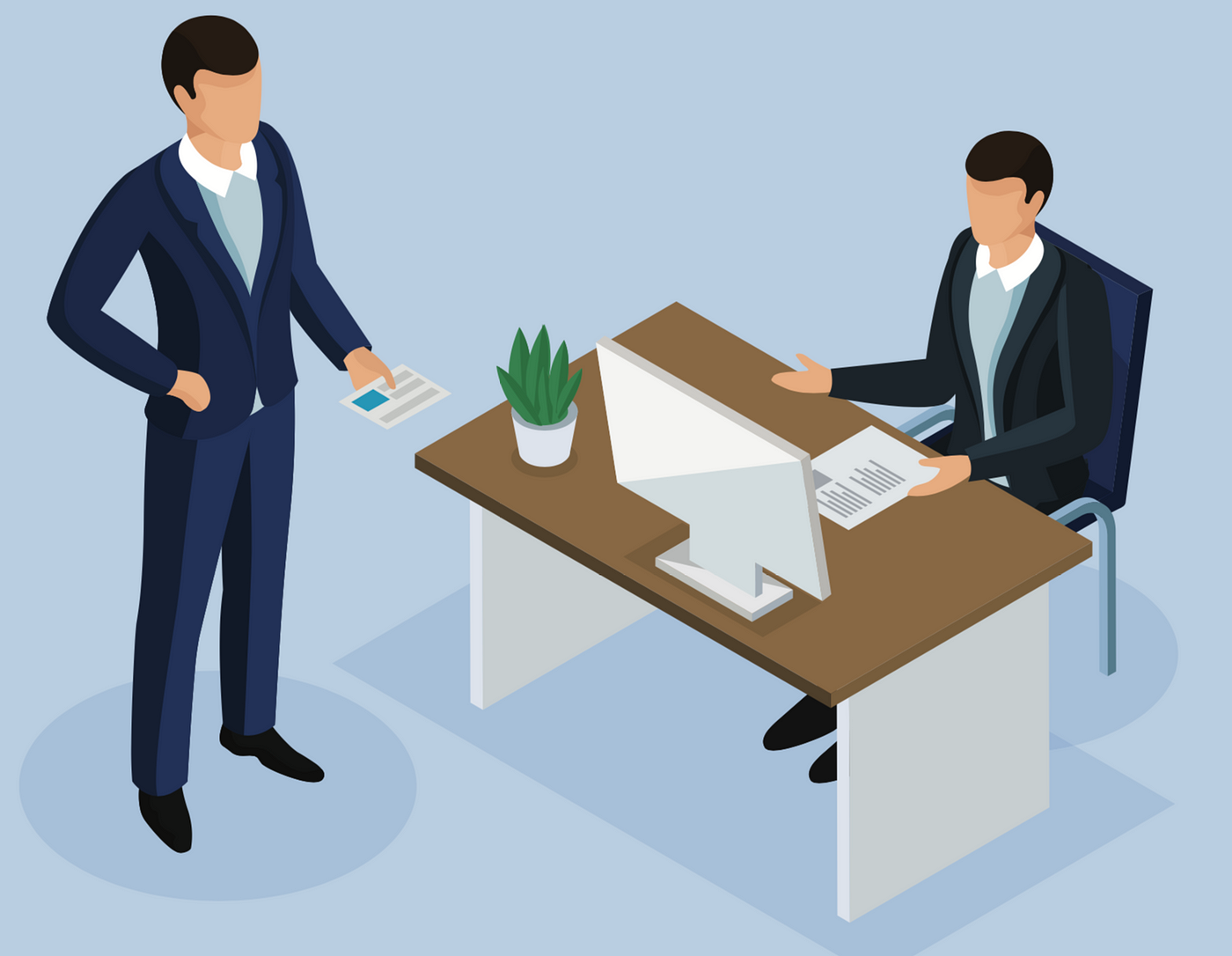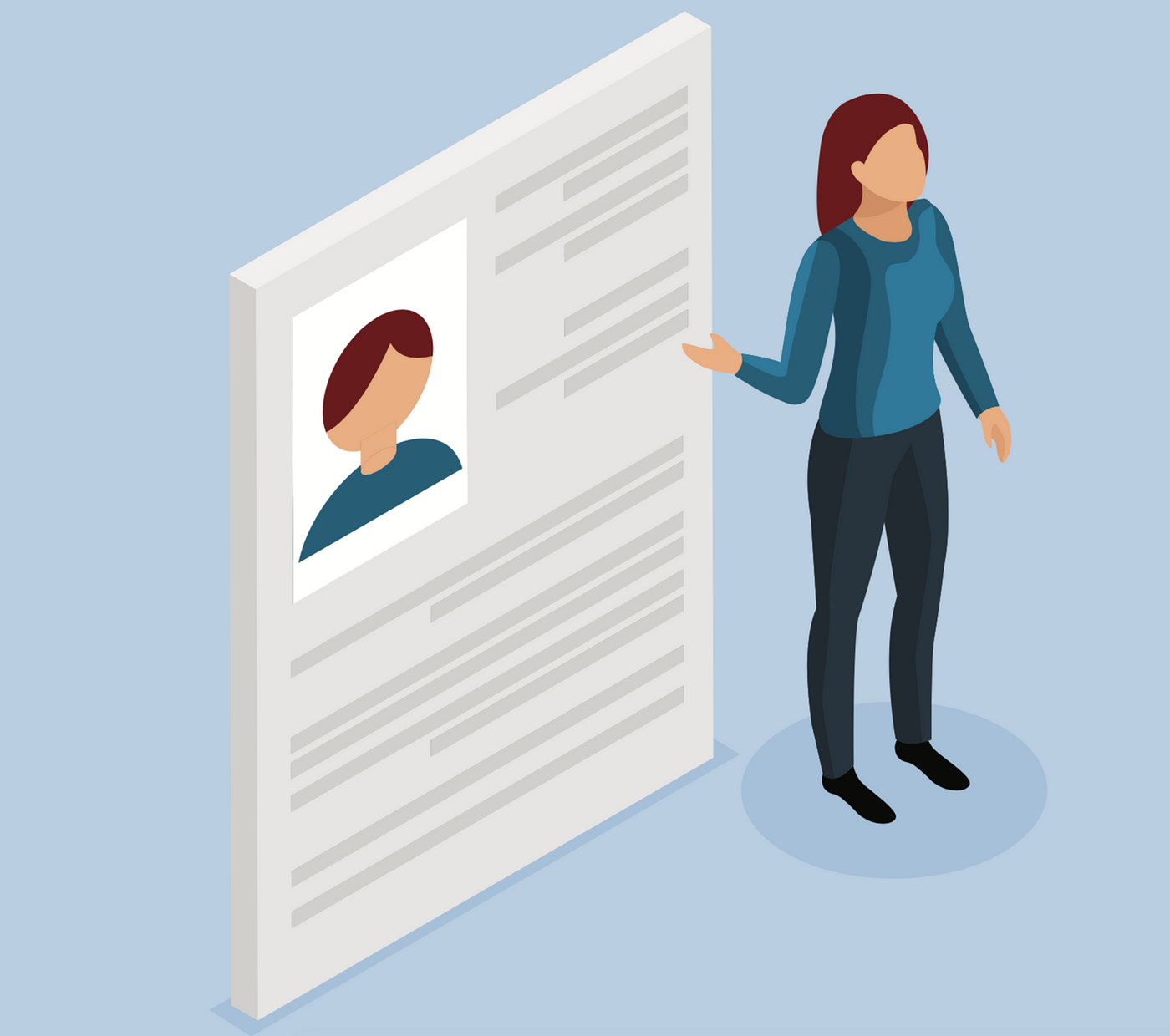What Are The Design Differences Between Manufacturing And Service Products?
What are the differences between service blueprint and product blueprint?
The early-stage development and design process is easily i of the nearly of import periods of time for whatever business, whether yous are product or service based. After all, the decisions that you lot brand at this phase will have a huge bear on on everything from usability and accessibility, to desirability and feasibility.
So, both service design and production design as processes feed into how happy your customer or user will be. And, as such, how successful your business is in the long term!
It's easy to fall into thinking that the two processes are exactly the same: How tin can product design and service design actually be that different? Well, the truth is, there certainly are some similarities in the means that they are ofttimes conducted, simply there are likewise huge differences that y'all need to exist aware of so that you tin create the best product or service possible.

Let'south get-go with the basics…
What is a product?
You probably know this i!
A production is tangible. That'southward to say, that a customer tin can buy the product and then hold or store information technology somewhere (be this in the "real world" or on a computer or device). Most often, its value is generated and derived from the product by the user. The user already knows what they want from the product, hence they buy it.
From pots and pans, to t-shirts and video games, all of these are products.
What is a service?
On the other paw, a service is something that someone experiences and isn't necessarily owned. For example, health intendance services or streaming platforms such as Netflix, Spotify and Audible. In each of these cases, the service is not tangible and only has value when it is performed for the user.
With this in listen, information technology's true to say that whilst services are by definition people-centred, products aren't.
As you can imagine, the differences in these definitions means that there are also contrasts in the processes of designing products and of designing services.

What are the key principles of Production Pattern?
As Slap-up Magazine bespeak out, "Product design is the process of identifying a market opportunity, clearly defining the trouble, developing a proper solution for that problem and validating the solution with real users."
Equally such, design thinking is a vivid foundation for the product blueprint process, since it is then focused on finding actionable and practical solutions to the problems of users.
We've spoken a lot near design thinking on our blog. In fact, we covered the topic just last week and explained how it differs from Human-Centred Design.
Design Thinking is a problem-solving process: First you lot brainstorm by understanding and scoping a clear problem, and so y'all focus on how yous can solve information technology. One of the ways that this is best illustrated is through the Design Council'southward Double Diamond:
This is such a valuable process for product designers, equally it focuses on product development from one cease to the other, not simply the blueprint itself. This helps designers to define exactly what they're trying to reach in terms of their users' needs, thereby creating something with a much greater chance of success. More than simply the look and feel of a production is considered!
Again, for more practical steps on how to understand your users through design thinking, read our final weblog mail.
Agreement the Pattern Thinking framework, this then feeds into the product evolution process. Each project will look slightly different, merely hither's how the general flow looks:
- Defining the product vision
- Product research
- User analysis
- Ideation
- Design
- Testing and validation
- Post-launch activities
Source, Smashing Magazine
What are the key principles to service design?
Permit's hear from the masters themselves, shall we?
According to The Service Design Network, it is "The activity of planning and organising people, infrastructure, advice and material components of a service in order to improve its quality and the interaction between service provider and customers.
The purpose of service pattern methodologies is to design according to the needs of customers or participants, so that the service is convenient, competitive and relevant to the customers."
To put it simply then, the procedure has a focus on ensuring that a service is meeting the needs of all users as effectively equally possible at every single stride.
In terms of implementing service design, co-ordinate to Marc Stickdorn and Jakob Schneider, the methodology has five basic principles:
- User-centred, through understanding the user by doing qualitative inquiry
- Co-creative, by involving all relevant stakeholders in the design process
- Sequencing, by partitioning a circuitous service into divide processes
- Evidencing, past visualising service experiences and making them tangible
- Holistic, past considering touch-points in a network of interactions and users
InteractionDesign.org

One of the key aspects of effective services design is — y'all guessed information technology! — research. Qualitative research including observations and interviews are conducted, assuasive the designer to foresee a variety of situations in which the user may interact with the service. These insights are then used to create personas, customer journey maps, value network maps and stakeholder maps.
Armed with all of this, co-creation sessions are put in place to generate service prototypes which are so developed iteratively. At this point, the designer is able to create the best possible feel for all of the actors on the service, including stakeholders!
Key takeaways
Whilst service design is focused on the system and planning of people and advice in order to create optimal service quality, product pattern is primarily concerned with solving existent problems through functionality , not just what a product looks and feels like. This is thanks to the intangibility of services, versus the physical nature of products.
Notwithstanding, at the eye of both product and service design is the want to create the best possible user experience. They are each user-centred and keep customers at the middle of their decision making.
Through focusing on the processes of product design and of service design, businesses are able to finer generate more than sales, a larger amount of customer loyalty and customer growth more than widely.
What's non to dearest?
If you take whatsoever questions at all nigh either product design or service design, just drop them in the comments and we'd be more happy to help!
The Snap Out Team ⛰
What Are The Design Differences Between Manufacturing And Service Products?,
Source: https://medium.com/snapout/what-are-the-differences-between-service-design-and-product-design-769f930bc361
Posted by: warrengrep1973.blogspot.com


0 Response to "What Are The Design Differences Between Manufacturing And Service Products?"
Post a Comment